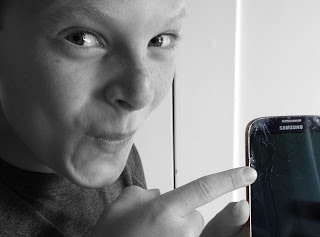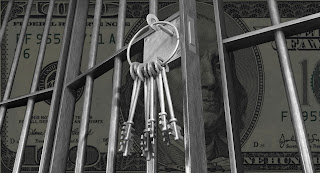Kids often don’t realize, remember, or care that financial circumstances, values, and goals can differ widely among friends. That can lead to some awkward money scenes:
Scene 1:
Child 1: “Come on, let’s go get pizza. It’s only 10 bucks!”
Child 2: “Umm...”
Scene 2:
Child 1: “Come on, your family’s loaded, can’t you just pay for all the movie tickets?”
Child 2: “Umm...”
When thrust into the role of Child 2, does your kid know the right lines? Without a script, knee-jerk feelings of shame, pride, defensiveness, or intimidation might elicit the wrong responses.
So it’s time for a little playacting at home. What’s the money story like when your kid is with friends? Walk through the likely scenes. Work out the lines together.
“No thanks. I brought my lunch today. But I can still go with you, and we can eat together.”
“No. I’m on a budget, and I’m saving up to buy a (used) car. Let’s watch Netflix instead.”
Help your kid find the right words for the right situation.
When it comes to your kid’s awkward money scenes with friends, ditch the improv. Rehearse a solid script to help your child steal the show.
And remind your kid not to be Child 1.
Like this tip? Get the next one in your inbox by subscribing here.
Want to turn these tips into action? Check out FamZoo.com.































